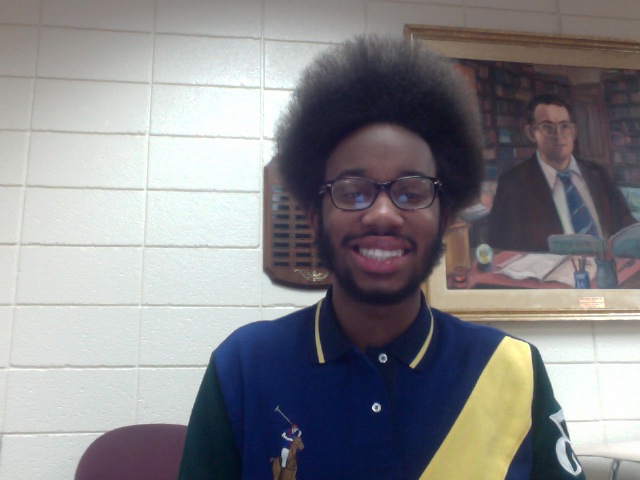Celebration of Scholars
The Discordant Missiles: JFK and the Role of the Jupiter Missiles in Fostering and Defusing the Cuban Missile Crisis
 Name:
Benjamin Simington
Name:
Benjamin Simington
Major: History
Hometown: Matteson, IL
Faculty Sponsor:
Other Sponsors:
Type of research: Course project
Abstract
Through my research, I pursued the question of the extent of influence of the PMG-19 Jupiter Missiles for fostering and defusing the Cuban Missile Crisis, along with JFK's usage of the missiles for secret diplomatic capital in order to present a strong image of the American presidency. The examination of the role of the Jupiter Missiles for the Cuban Missile Crisis is important because they illuminate the United States' desire to continue to develop weaponry in spite of their dominance over the Soviet Union in the arms race. It is also an important chapter in understanding the enigmatic presidency of John F. Kennedy. In order to examine the questions, I utilized the archival documents from the Center for Research Libraries and Foreign Relations of the United States. I also received books related to the crisis from Carthage College's Hedberg Library and Interlibrary Loan. From my research, I discovered that the placement of missiles in Turkey and Italy, along with the United State's covert action against the Castro regime, helped to exacerbate tensions between the United States and Cuba. The missiles in Turkey and Italy were in close proximity to the areas of the Communist bloc. The Soviets placed the missiles in Cuba as buttress against the United States covert operations in Cuba, but it also served as a counter to the missiles the United States' placed near the Communist bloc. In order to end the crisis, JFK engaged in a secret deal, involving his brother Robert Francis Kennedy and Soviet Ambassador Anatoly Dobrynin, trading away the Jupiter Missiles in exchange for the Soviet's dismantling the missiles in Cuba. JFK concealed this deal from the members of the Executive Committee of the National Security Council, along with the American public, to provide a strong image of the presidency.
